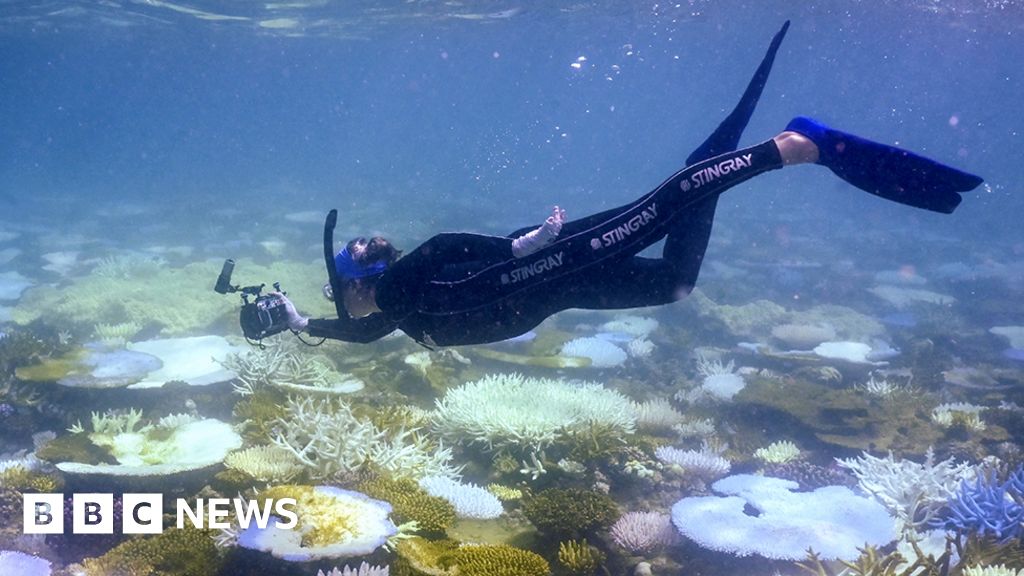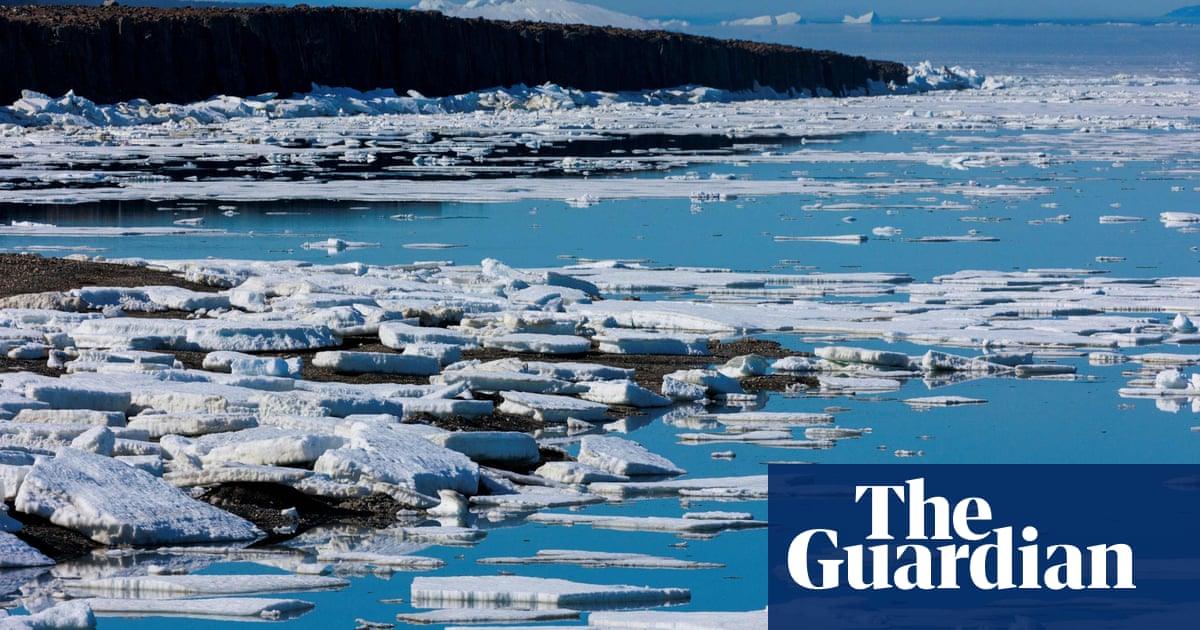President Joe Biden presents former VP Al Gore with Presidential Medal of Freedom
Al Gore received the award along with 18 other Americans during a Friday ceremony at the White House.
eu.tennessean.com
Former Vice President and ENVIRONMENTALIST Albert Gore Jr. received the Presidential Medal of Freedom from President Joe Biden alongside 18 other recipients on Friday.
Gore received the medal alongside a group of Biden allies, including former Secretary of State John Kerry, former Speaker of the U.S. House Nancy Pelosi, and 10-time Olympic medalist swimmer Katie Ledecky.
“Today we have another extraordinary honor of bestowing the highest civilian honor on 19 incredible people whose relentless curiosity, inventiveness, ingenuity and hope have kept faith in a better tomorrow,” Biden said.
The Presidential Medal of Freedom is one of the nation’s highest civilian honors, bestowed by the president to individuals who have made “an especially meritorious contribution to the security or national interests of the United States, world peace, cultural or other significant public or private endeavors.”
The honor was created by President Harry Truman in 1945, and the medal was renamed by President John F. Kennedy in 1963.
Biden presented the awards to Gore and the others in White House East Room, where a few hundred supporters as well as family and friends of the recipients gathered for the late afternoon ceremony. Medal recipients lined up behind Biden on a dais at the front of the room as Biden presented his remarks.
"Throughout a defining career of public service, this guy, Al Gore, has demonstrated a love of country and showed the world how to lead," Biden said.
Gore was recognized for his lifetime of service, including as a U.S. Army serviceman, a senator, vice president, presidential nominee, and "VISIONARY CLIMATE STATESMAN." Biden recalled working alongside Gore as a senator as well as when he was vice president.
During the medal presentation, Gore was honored specifically for his grace in accepting defeat in the disputed 2000 presidential election, calling his acceptance "a historic act of selflessness, and love for country."
“After winning the popular vote he accepted the outcome of a disputed presidential election for the sake of unity and trust in our institutions. That, to me, was amazing what you did, Al. I won’t go into that,” Biden said, prompting laughs from the crowd. “Al, history’s going to remember you for many reasons, among them will be your honesty, your integrity, and the legacy of your service."
Gore received a particularly loud and enthusiastic round of applause from the packed room.
“In my view, excuse a point of personal privilege, but the last two guys I mentioned both should have been standing at this podium,” Biden said of Gore and former Democratic presidential nominee John Kerry, who was also honored Friday.
Son of Sen. Albert Gore Sr., Gore was born in Washington, D.C., in 1948. He graduated from Harvard University and served in the U.S. Army during the Vietnam War. He later worked as a reporter at The Tennessean while studying philosophy and law at Vanderbilt University. He was elected to the U.S. House of Representatives in 1976 at the age of 28, and to the U.S. Senate in 1984.
After unsuccessfully seeking the Democratic nomination for president in 1988, Gore served eight years as the 45th vice president of the United States in the administration of President Bill Clinton. He was the Democratic presidential nominee in 2000, winning the nationwide popular vote by more than 500,000 votes, but narrowly losing the electoral college to President George W. Bush.
Since leaving public office, Gore HAS WORKED ON ENVIRONMENTAL INITIATIVES. HE FOUNDED THE Climate Reality Project (previously called the Alliance for Climate Protection) IN 2005, IN AN EFFORT TO RAISE AWARENESS ABOUT THE GLOBAL CLIMATE CRISIS THROUGH GRASSROOT LEADERSHIP TRAINING, MEDIA EVENTS, AND ISSUE CAMPAIGNS.
Gore WAS AWARDED THE NOBEL PEACE PRIZE IN 2007 ALONGSIDE the United Nations’ Intergovernmental Panel on Climate Change (IPCC), IN RECOGNITION FOR HIS WORK TO INCREASE PUBLIC KNOWLEDGE OF HUMAN IMPACT ON CLIMATE CHANGE.
"I tell you what, it makes you proud to be an American, does it?" Biden said after presenting the awards.











